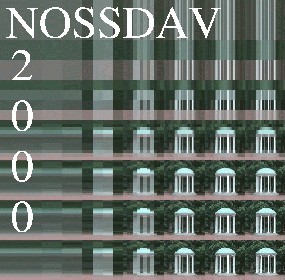
Paper #30
Incorporating Application-Level Knowledge
into the MPEG-2 Coding Model
Ketan Mayer-Patel
University of North Carolina at Chapel Hill

|
Paper #30
|



- Last revised: Weds Jun 27 20:56:29 EDT 2000
